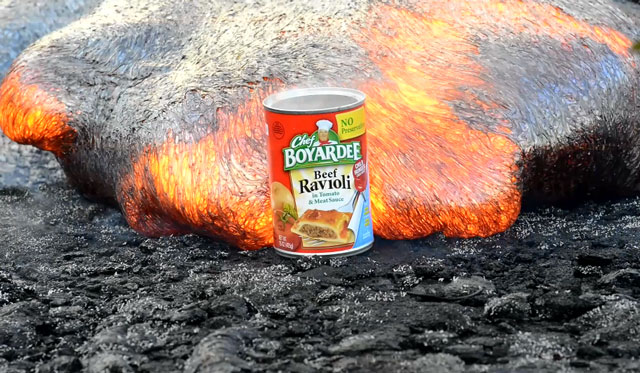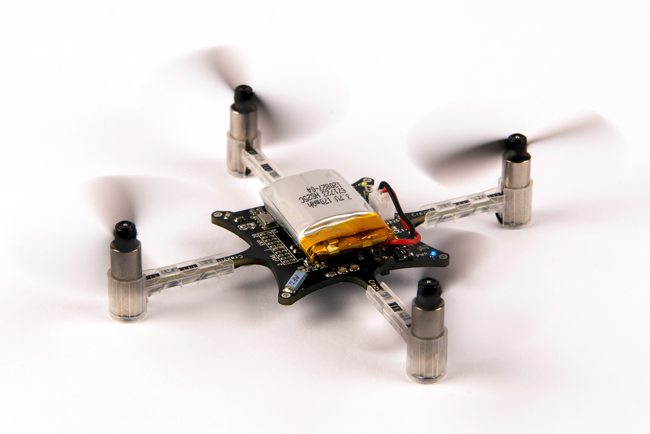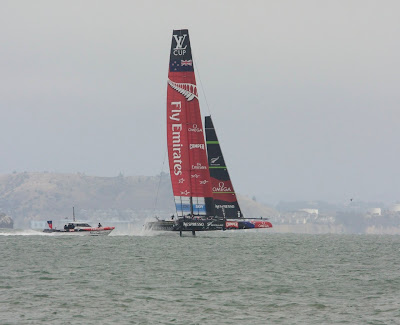This could ALMOST solve a recent problem we had here at Digital Diner.
A fellow named
John has built a magical little masterpiece. It is a Raspberry Pi-based micro Macintosh. It is a 1/3 scale replica of the original Mac... you know, the 1984 one. It actually runs Mac OS 6, which is quite amazing. It is quite small and quite cute.
It is a great piece of work and the result is pretty impressive. The case is packed with a Raspberry Pi, a power supply, a small display and a USB hub. While the disk drive is not real, this Mac has a color display, USB and Ethernet, which the original didn't. Plus it is based on a $35 computer... I think my original Mac was $1800 (in 1984 dollars).

Now to the problem that this almost solved. A while ago, one of Monika's advisors contacted her to see if they could get some of the data from her PhD thesis. Now I don't think that data is, um, well, really old. We tried to figure out where it might be and decided that it was probably on an old Mac SE in the garage (see? you should never throw anything away). Well, I pulled it out and fired it up and after many years of being ignored, it fired right up. There was a Y2K bug, so I had to set the clock back to 1999, but otherwise the system just worked. Strangely, it seemed to boot much faster than any of my modern machines. After taking a little trip down memory lane and then wandering through the disk drive for a bit, we were able to track down the data that had been requested. So far, so good.
This is where the problem began. You see, we found the data file and could even fire up a program to look at the values, but the next step was a bit of a problem. How do we get the data off this old Mac? I found some old floppies, so I could copy the data there, but then what? I don't have any way to get data from a 3.5" floppy onto a modern machine. Maybe I could connect it to the network? Nope. The only network this thing supported was AppleTalk, which was a glorified serial port. Maybe I could plug a flash drive into the USB port? Nope... no USB port.
So even though the Mac fired up and ran amazingly well, and even though we found the data, there was no way to get it to a modern computer. Still, the problem could have been worse. It was promising that at least the data was in a format that could be read by Excel. If it was in some old, unsupported database format or something like that, there would have been very little hope.
As it turned out, before I had to reverse engineer AppleTalk, they found another source for the data, and I was off the hook. Still, this whole process got me thinking. Digital data seems wonderful for archiving because it doesn't change over time, but really it has some significant problems. First is the issue that bits are volatile and they can be lost. We were lucky that this computer booted at all after decades of non-use. Second is that the breakneck speed of change in the computer industry has led us to changing standards that cause many devices (and their data) to become orphaned. My Mac SE still runs, but it is an island. I can't figure out any good way to get it to interact with modern computers (without committing to a lot of work). We are rapidly speeding away from storing our data on rotating disks of rust and moving to solid state drives. How long will it be until computers with Ethernet can't be connected because everyone uses wireless? How long until we stop storing images as .jpg files, or (a more immediate concern) software stops supporting my old DSLR's raw image format?
What will archeologists discover when they dig through our stuff many thousands of years from now? Will they be able to learn anything about our society? Will they be able to resurrect YouTube to find out the cat worshiping people that we were? Or will they be left with unrecognizable petrified hard drives with no explanation of what they meant to us; no idea of the secrets they contained?
I once spoke to
Brewster Kahle about this. His
internet archive project is a truly outstanding piece of work, but he knows that even if he could be successful at archiving every piece of information on the network, he still has the problem of changing data formats that may render it all obsolete. The data we archive needs to be taken care of and kept alive. Storage isn't enough.
This is why I appreciate it when people resurrect old systems, as with the old version of Mac OS above. It is a service to us all that they keep history alive. So while this little 1/3 scale Mac didn't make it possible to retrieve Monika's thesis data, it represents a step toward keeping our digital legacy alive. To that I say Thank You!
Read more information about the Mini Mac project
here.



























